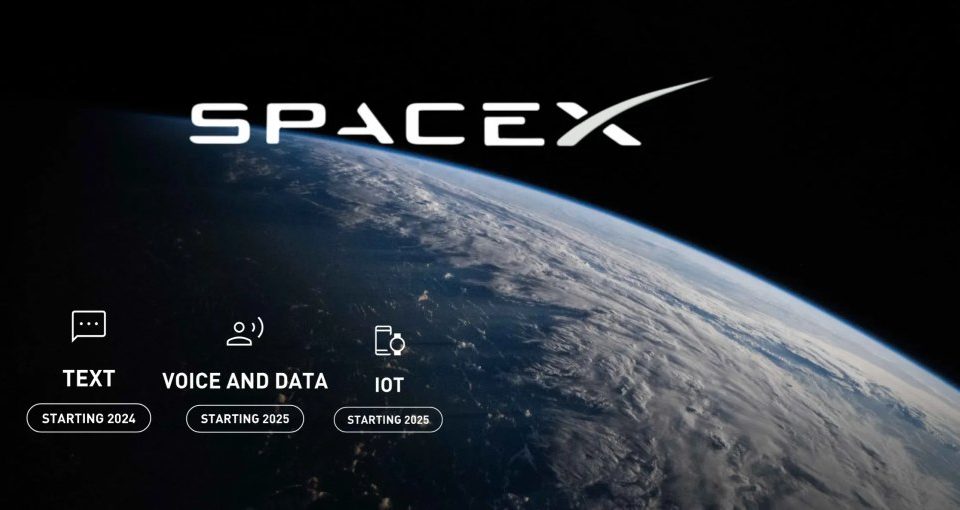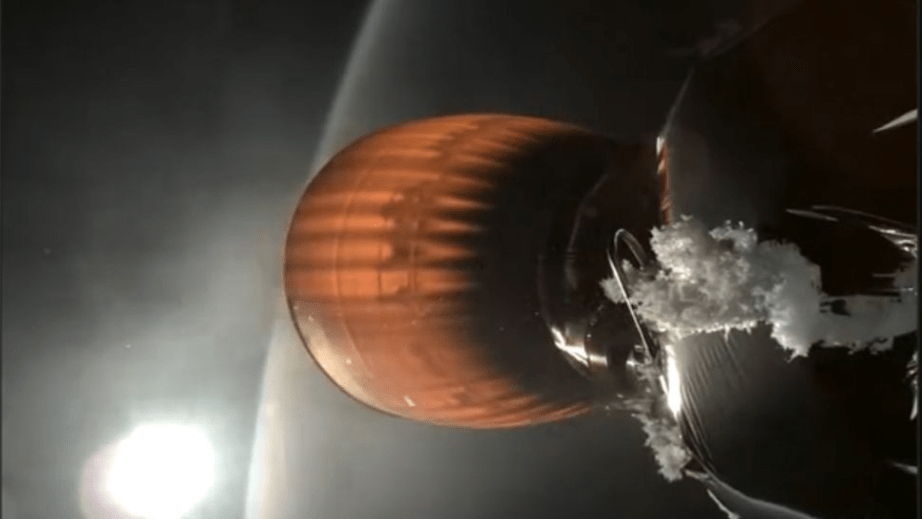SpaceX Falcon 9 rocket suffers first major malfunction in 7 years; imperils Starlink satellite mission

In a rare misstep, SpaceX’s Falcon 9 rocket experienced a malfunction with its second-stage engine during a Starlink mission on Thursday night, endangering its payload of Starlink satellites. This incident marks the first failure in over seven years for a rocket that the global space industry heavily depends on. As a result, the Starlink satellites were deployed into a lower-than-intended orbit.
SpaceX later managed to establish contact with some of the satellites and is now attempting to use their ion thrusters to elevate their orbits. The mishap occurred roughly an hour after Falcon 9 launched from Vandenberg Space Force Base in California. The rocket’s second stage failed to reignite, deploying its 20 Starlink satellites into a much lower orbit than planned, where they risk burning up in Earth’s atmosphere.
According to Bloomberg, the Falcon 9 has been grounded following the failure, while the Federal Aviation Administration (FAA) launched an investigation into the incident. This failure could potentially disrupt SpaceX’s aggressive launch schedule, depending on how long it takes the company to diagnose and resolve the issue. The report also noted that the satellites were deployed incorrectly on an uncrewed mission.

Screenshot from the webcast of a SpaceX Starlink satellite launch on July 11, 2024, showing a buildup of white material on the upper stage of a Falcon 9 rocket. (Image credit: SpaceX)
SpaceX CEO Elon Musk took to his social media platform, X, to explain that the attempt to reignite the engine in space “resulted in an engine RUD for reasons currently unknown,” referring to the industry acronym for Rapid Unscheduled Disassembly, which typically means explosion, Reuters reported.
This failed mission is a significant blemish on the otherwise impeccable record of the world’s most active rocket, which has been crucial in maintaining SpaceX’s dominance in the industry. The company, valued at around $200 billion, is relied upon by numerous countries and space organizations to launch their satellites and astronauts.
Musk mentioned that SpaceX is updating the Starlink satellites’ software to force the on-board thrusters to work harder than usual to prevent them from re-entering Earth’s atmosphere. “Unlike a Star Trek episode, this will probably not work, but it’s worth a shot,” he remarked.
“Upper stage restart to raise perigee resulted in an engine RUD for reasons currently unknown. Team is reviewing data tonight to understand root cause. Starlink satellites were deployed, but the perigee may be too low for them to raise orbit. Will know more in a few hours,” Musk said on X about two hours after liftoff.
Upper stage restart to raise perigee resulted in an engine RUD for reasons currently unknown. Team is reviewing data tonight to understand root cause.
Starlink satellites were deployed, but the perigee may be too low for them to raise orbit. Will know more in a few hours.
— Elon Musk (@elonmusk) July 12, 2024
The failed engine firing occurred during Falcon 9’s 354th mission and was the first failure since 2016, when a rocket exploded on a Florida launch pad, destroying an Israeli communications satellite.
“We knew this incredible run had to come to an end at some point, but 344 flights in a row is amazing!” commented Tom Mueller, SpaceX’s former vice president of propulsion and the designer of Falcon 9’s engines, in response to Musk’s post on X. “The team will fix the problem and start the cycle again.”
Although this Falcon 9 flight was an internal mission, the rocket’s failure and the subsequent investigation could impact the schedule for SpaceX’s upcoming customer missions.

